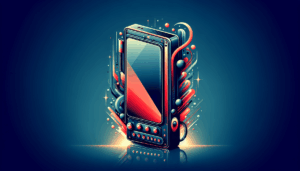At the University of Malaga, they are helping to create next-generation digital twins. Three engineers from the ERTIS research group have developed an open-source platform that is more accessible and versatile, allowing for the design of these technological tools, which simulate real environments through virtual replicas.
This platform, called Open Twins, is the first integrated open ecosystem of digital twins, capable of combining the latest technologies such as the Internet of Things (IoT), artificial intelligence (AI), monitoring, simulation models, and 3D visualization. The details of the platform are published in the Computers in Industry journal, and its source code is available on GitHub.
Some real-life applications of digital twins developed by these engineers include an agronomic project to measure irrigation pressure developed in collaboration with the University of Cordoba, a robot that communicates via 5G technology to control movement in the experimental farm ‘La Mayora’ (Malaga) to predict fruit ripening, and a predictive model developed for the petrochemical industry 4.0.
The term ‘digital twin’ emerged in 2010, but it wasn’t until about five years ago that it started to be used more widely. Digital twins are dynamic and digital representations of a real object, process, or system that have the ability to mimic and analyze their behavior, as the authors explain.
“Until now, most existing platforms in this sense were paid and couldn’t be modified,” says Manuel Diaz, a professor at the School of Computer Science at UMA, who states that Open Twins overcomes these limitations and also adds ‘composability’, making it easier to connect the ‘twins’ to each other, creating more complex structures.
Julia Robles, the lead author of the study and a doctoral student, highlights that being able to integrate all components into a single platform, creating an open ecosystem, allows for predicting future behaviors and detecting anomalies in advance.
“Simulation and modeling of systems are essential tools in many industries, such as manufacturing and automotive, as they allow predicting how real systems would behave in different situations, avoiding risks,” adds the third author, Cristian Martin, a professor in the Department of Languages and Computer Science.
The result helps companies become more efficient by changing their behavior based on the information provided by the digital twins. “Thanks to them, it is possible to access a digital ‘clone’ of a real object and know its state in the past, present, and future without having to interact directly with it. This facilitates smarter decision-making, reduces costs, and improves quality,” the authors agree.
via: MiMub in Spanish











